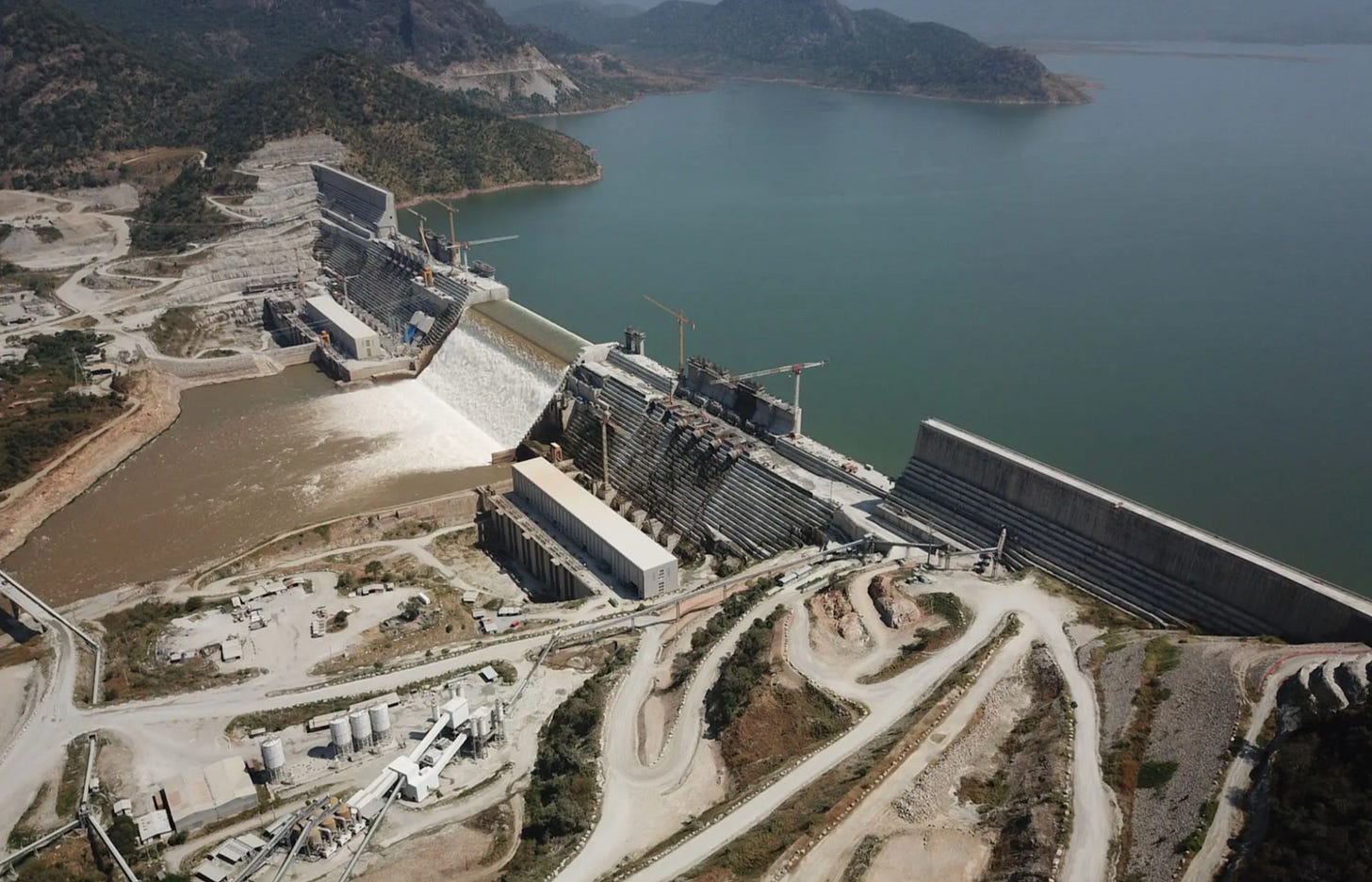Image of the Day
Spotlight Stories
Uncovering the Secrets of Nubia's Shifting Sands
If you were an archaeologist trekking through the scorching sands of the Atbai Desert in modern-day Sudan and you suddenly stumbled upon a series of rock carvings depicting boats—in the middle of one of the driest places on Earth—it just wouldn't make sense, would it?
But for Julien Cooper from Macquarie University and Dorian Vanhulle from the Polish Academy of Science, this surprising discovery is shedding light on the ancient environment of North Africa.
The rock art they found, more than 5,000 years old, features illustrations of cattle and ships—two cultural staples of the time. However, these carvings were found more than 100km inland from the Nile River, in a desert that averages 0mm of rainfall each year.
The Mystery of the Desert Boats
Finding boats in the middle of the desert raises many questions. As Cooper puts it, "At this early prehistoric period, we have almost no evidence of Egyptians or Nubians going this far into the desert, and that's why it was really unexpected to find this large scene of boats."
The carvings are also unusually well-crafted, suggesting that the inhabitants of the rock shelters where the art was found had made themselves at home for some time. But why would they choose to settle in such an arid, inhospitable place?
The answer, according to Cooper and Vanhulle, lies in the region's past climate. Around 5,000 years ago, the Sahara wasn't the vast expanse of sand we know today – it was a green landscape, capable of supporting livestock and nomadic communities.
"Usually, we're looking at something upwards of 200-300mm of rainfall for a healthy cattle herd," Cooper explains. "Which tells us that the climate here used to be much better for livestock herding and nomadism."
But around 3,000BCE, just after the engravings were made, the African monsoon collapsed, and the Green Sahara began to disappear. It was a climate shift that would have far-reaching consequences for the region's inhabitants.
As the monsoon retreated southward, groups would have been forced to move back towards the Nile River and further south to keep their agricultural practices alive. Cooper believes this moment of upheaval may have played a role in the rise of the ancient Egyptian and Nubian states around 3,000BCE.
The rock art discovered by Cooper and Vanhulle is more than just a curiosity – it's a window into a lost world, a glimpse of a time when the deserts of North Africa were green and thriving. It's a reminder that the environments we see today are not fixed, but are constantly shifting and changing over time.
Ethiopia's Gerd: The Dam That Could (and Did!)
Ethiopia's Grand Ethiopian Renaissance Dam (Gerd) has been making waves in the past 10 months, generating 2,700 gigawatt hours (GWh) of electricity. This mega hydroelectric power plant has surpassed its initial planned power generation targets by 26 percent, according to the Ethiopian Electric Power (EEP).
It's like the Gerd looked at its goals and said, "Hold my beer, I got this."
So, what's the secret behind Gerd's impressive performance?
Apparently, it's all about the dam's ability to store more water, allowing its two operational turbines to function at full capacity.
Gerd's Contribution to Ethiopia's Power Mix
Thanks to its recent milestone, the Gerd contributed about 16 percent of Ethiopia's total 16,900 GWh of electricity generated during the reported period.
And that's just with two turbines.
When the remaining 11 units installed on the dam start producing power, it's expected to increase the country's current generation capacity by 83 percent.
But not everyone is thrilled about the Gerd's success:
The dam has been a major point of contention among the three Nile-bound countries of Ethiopia, Egypt, and Sudan.
Ethiopia sees the Gerd as a key to powering its development aspirations and boosting its ambition to attain a lower-middle-income status. Meanwhile, Egypt and Sudan are concerned that the dam would affect their share of the river waters.
As the Gerd's construction reaches over 95 percent completion, Ethiopia is one step closer to realising its hydroelectric dreams.
While the dam remains a source of tension among the Nile-bound nations, there's no denying that the Gerd is a force to be reckoned with in the world of hydroelectric power. As the saying goes, "When life gives you a Nile, build a Gerd."
The ADF's Reign of Terror
The Allied Democratic Forces (ADF), a group of suspected Islamist rebels, have been wreaking havoc in eastern Democratic Republic of Congo. Late last week, the ADF attacked the villages of Masala, Mapasana, and Mahini, bringing the death toll to 41.
The ADF's reign of terror hasn't been limited to just one attack. Over the past week, they've been alleged to be behind multiple assaults in the area, including one in the village of Masawu that claimed 17 lives.
As if the attacks weren't horrifying enough, the aftermath has been equally grim. Five bodies were found in the villages of Kabweli and Mamulese, while six more were recovered from a river in the village of Mununze. And just when you thought it couldn't get any worse, 13 bodies were discovered in the village of Makobu.
The attacks on Friday evening were particularly brutal, with armed men using guns and machetes to terrorise the residents of the villages in Beni territory. They also set a local health centre ablaze.
Former governor of North Kivu, Julien Paluku, took to X (formerly known as Twitter) to call out the Congolese government for not doing enough to address the insecurity in the east. The government has yet to make any statement on Friday's attacks, and a government spokesman did not respond to requests for comment.
The ADF was originally based in western Uganda but has expanded into the neighbouring DRC, and has given few coherent rationales for their insurgency
Food for Thought
“The child you sired hasn’t sired you."
— Somali Proverb







